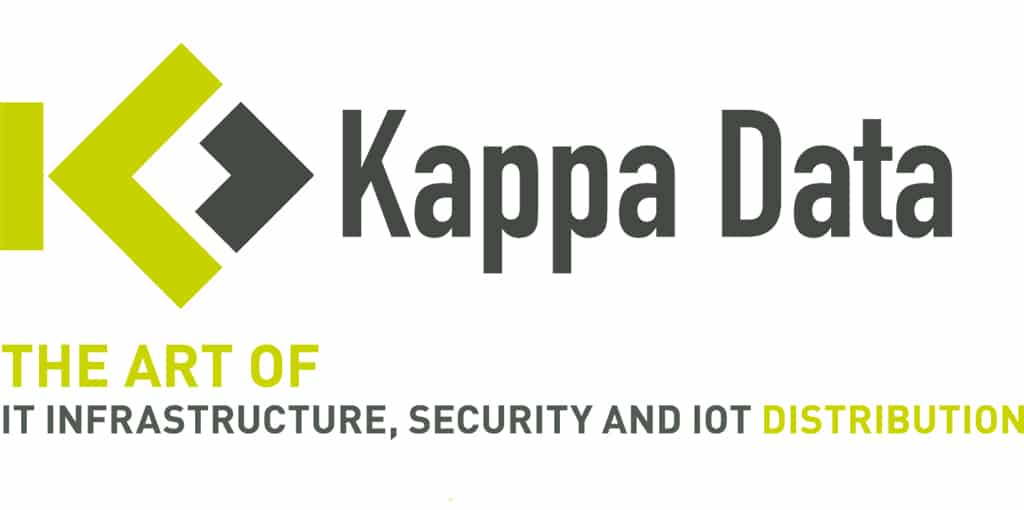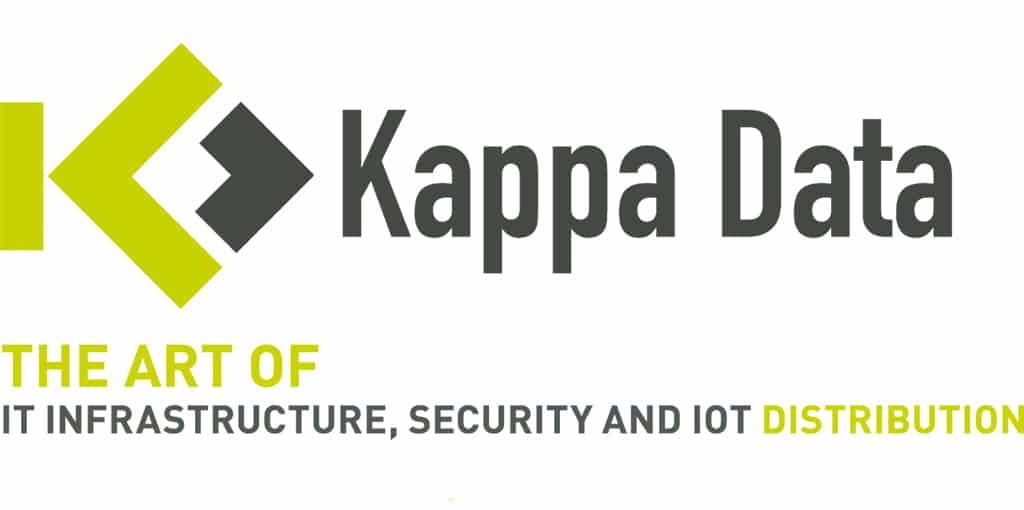
22 Nov Barracuda presents new case study at hospital Jan Palfijn
Ransomware attacks continue to plague organizations large or small anywhere in the world. Figures don’t lie, with the number of attacks increasing 64% in 2021, targeting municipalities, healthcare, education and other businesses. These attacks can cripple daily operations, cause chaos and result in financial losses from downtime, ransom payments and recovery costs – unbudgeted and unexpected expenses that can bring down large organizations.
Protection against ransomware starts with email
Although ransomware can be delivered via virtually any threat vector, most attacks are carried out via email. This is understandable, as e-mail is the most common method of communication for contacting entities outside the organization, such as customers and partners. Combined with the fact that users are typically the weakest link in an organization’s security chain, it is easy to see how email provides a tempting backdoor for threat actors to initially gain access and control over the corporate network. A single click from a single user can be enough to compromise the network and deliver and activate a devastating ransomware.
Extra layer of email security for hospital Jan Palfijn
It is true that e-mail platforms such as Microsoft 365 and Gmail offer a host of security features. But recent attacks have shown that the proprietary security features in these e-mail gateway solutions are rife with vulnerabilities that malicious actors will exploit.
That’s also what the Jan Palfijn General Hospital in Ghent realized that on top of Microsoft 365, an additional layer of email security is much needed.
Together with Barracuda Networks, which specializes in Cloud Email Security, hospital Jan Palfijn is now a whole lot more reassured and armed against the ransomware of today and the future.
Read their full story in the case study below.



No Comments